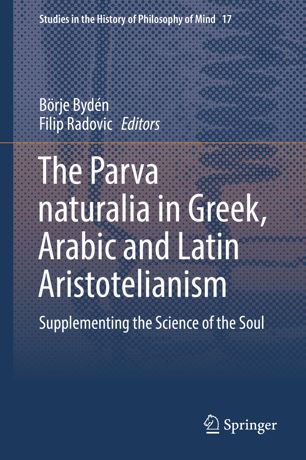

Most ebook files are in PDF format, so you can easily read them using various software such as Foxit Reader or directly on the Google Chrome browser.
Some ebook files are released by publishers in other formats such as .awz, .mobi, .epub, .fb2, etc. You may need to install specific software to read these formats on mobile/PC, such as Calibre.
Please read the tutorial at this link: https://ebookbell.com/faq
We offer FREE conversion to the popular formats you request; however, this may take some time. Therefore, right after payment, please email us, and we will try to provide the service as quickly as possible.
For some exceptional file formats or broken links (if any), please refrain from opening any disputes. Instead, email us first, and we will try to assist within a maximum of 6 hours.
EbookBell Team

4.7
106 reviewsThis book investigates Aristotelian psychology through his works and commentaries on them, including De Sensu, De Memoria and De Somno et Vigilia. Authors present original research papers inviting readers to consider the provenance of Aristotelian ideas and interpretations of them, on topics ranging from reality to dreams and spirituality. Aristotle’s doctrine of the ‘common sense’, his notion of transparency and the generation of colours are amongst the themes explored.
Chapters are presented chronologically, enabling the reader to trace influences across the boundaries of linguistic traditions. Commentaries from historical figures featured in this work include those of Michael of Ephesus (c. 1120), Albert the Great and Gersonides’ (1288–1344). Discoveries in 9th-century Arabic adaptations, Byzantine commentaries and Renaissance paraphrases of Aristotle’s work are also presented.The editors’ introduction outlines the main historical developments of the themes discussed, preparing the reader for the cross-cultural and interdisciplinary perspectives presented in this work. Scholars of philosophy and psychology and those with an interest in Aristotelianism will highly value the original research that is presented in this work.The Introduction and Chapter 4 of this book are available open access under a Creative Commons Attribution 4.0 International License via link.springer.com.